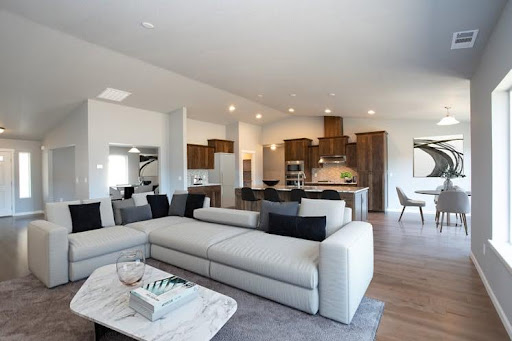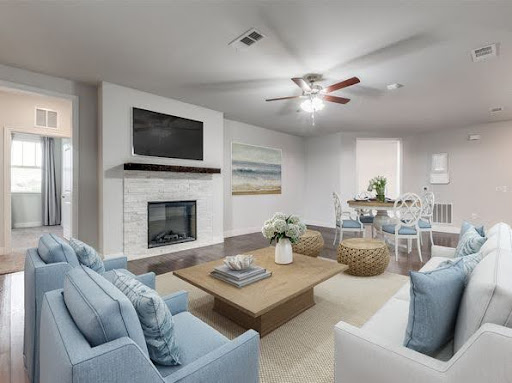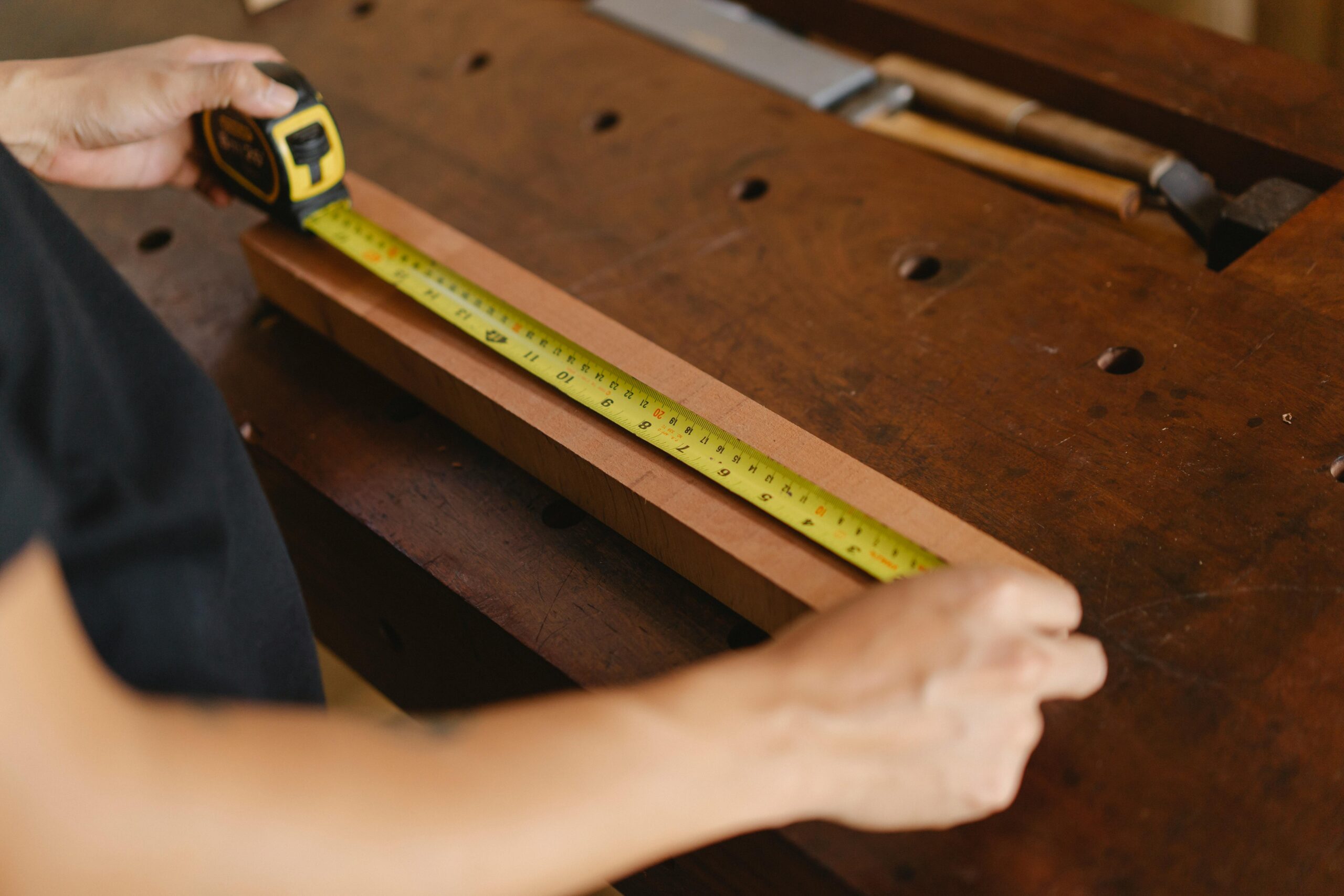

If you have elderly parents, siblings or children with disabilities or mobility issues, moving around the home unattended can be a challenge for them. This is why ADA clearance is important in the home as it ensures that your home is designed to meet the needs of those who require easy access and mobility.
Though the Americans with Disabilities Act (ADA) applies mainly to public spaces, there are valuable guidelines you can find on building your home and creating an accessible living environment.
The doorways and hallways should be considered when building an ADA-accessible home. According to the ADA guidelines, the doorways should be at least 32 inches wide enough to accommodate a standard wheelchair.
Also, the hallways should be at least 36 inches wide to allow free movement. If the layout of your home doesn’t allow for wide spaces, you can incorporate other methods like installing pocket doors or swing-clear hinges.
If there are stairs in your home, you need to install ramps to ensure it meets up with the ADA requirements. Ramps should have a gentle slope, with a rise of 1 inch for every 12 inches of length. This ensures that the ramp is easy to use. Handrails should also be installed on both sides of the ramp to provide extra support.
Your bathrooms are another important area where ADA clearance is required. The bathroom should be designed such that it allows access to all fixtures like sinks, toilets and showers.
There should be at least 60 inches of clearance in front of the toilet and around 56 inches from the back wall to create enough turning space. Also, you should install grab bars near the toilet and in the shower to provide support for family members with disabilities.
The countertops and sinks in your kitchen should be placed at accessible heights or around 34 inches from the floor. This allows people in wheelchairs to reach them easily. The sinks and workspaces in your home should be designed to allow open spaces beneath them so that people in wheelchairs can move up close.
Designing your home to meet ADA clearance standards may require you to hire professionals however you can make your home accessible by making simple changes. For instance, widening the doorways, lowering countertops or installing grab bars can improve accessibility in your home. You could also rearrange the furniture in your home to create more room and provide clearance for easy movement.

Building or designing an ADA-compliant home extends beyond meeting standards or guidelines. It’s about creating a more comfortable and accommodating environment for family members with disabilities. An accessible home is a happy home; as every member of the family including those with disabilities can go about their activities without hindrance.



When it comes to ADA (Americans with Disabilities Act) compliance, you have two options as a business owner: either hire a certified ADA inspector or

It’s possible to mistake a standard tape measure for an ADA tape measure because they look almost identical. After all, both are used for measuring

If you have elderly parents, siblings or children with disabilities or mobility issues, moving around the home unattended can be a challenge for them. This is why ADA clearance is important in the home as it ensures that your home is designed to meet the needs of those who require easy access and mobility.
Though the Americans with Disabilities Act (ADA) applies mainly to public spaces, there are valuable guidelines you can find on building your home and creating an accessible living environment.
The doorways and hallways should be considered when building an ADA-accessible home. According to the ADA guidelines, the doorways should be at least 32 inches wide enough to accommodate a standard wheelchair.
Also, the hallways should be at least 36 inches wide to allow free movement. If the layout of your home doesn’t allow for wide spaces, you can incorporate other methods like installing pocket doors or swing-clear hinges.
If there are stairs in your home, you need to install ramps to ensure it meets up with the ADA requirements. Ramps should have a gentle slope, with a rise of 1 inch for every 12 inches of length. This ensures that the ramp is easy to use. Handrails should also be installed on both sides of the ramp to provide extra support.
Your bathrooms are another important area where ADA clearance is required. The bathroom should be designed such that it allows access to all fixtures like sinks, toilets and showers.
There should be at least 60 inches of clearance in front of the toilet and around 56 inches from the back wall to create enough turning space. Also, you should install grab bars near the toilet and in the shower to provide support for family members with disabilities.
The countertops and sinks in your kitchen should be placed at accessible heights or around 34 inches from the floor. This allows people in wheelchairs to reach them easily. The sinks and workspaces in your home should be designed to allow open spaces beneath them so that people in wheelchairs can move up close.
Designing your home to meet ADA clearance standards may require you to hire professionals however you can make your home accessible by making simple changes. For instance, widening the doorways, lowering countertops or installing grab bars can improve accessibility in your home. You could also rearrange the furniture in your home to create more room and provide clearance for easy movement.

Building or designing an ADA-compliant home extends beyond meeting standards or guidelines. It’s about creating a more comfortable and accommodating environment for family members with disabilities. An accessible home is a happy home; as every member of the family including those with disabilities can go about their activities without hindrance.